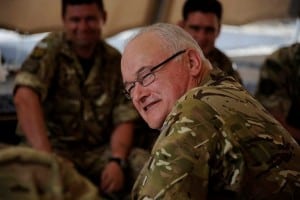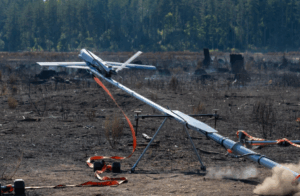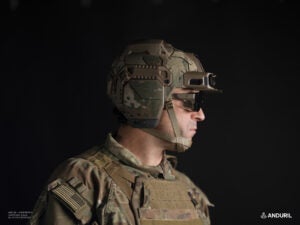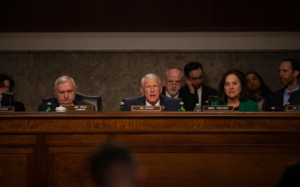
The U.K. National Audit Office (NAO) reports that the Ministry of Defense (MoD) decision to execute Army 2020, the program to reduce the size of the regular Army while beefing up the reserves, was taken “without appropriate testing of feasibility or evaluation of risk.” The June 11 NAO report to Parliament warns that moving to the new Army structure comes with significant risks, which if they come about, could significantly affect the Army’s ability to achieve its objectives and value…













